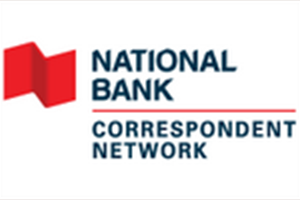It has now been a year since the beginning of the COVID-19 pandemic. After strong returns in the first quarter of 2021, client portfolio valuations are now higher than pre-pandemic levels. Although financial assets have nicely recovered, everyday life remains constrained as we patiently await a return to “normalcy”.
Leading major countries in the world in per capita vaccinations, consensus forecasts for economic growth in the U.S. are upwards of 7% for 2021. Inhibited by a dearth of domestic vaccine production, Canada’s economic recovery will significantly lag the U.S. Canadians should be very thankful to the European Union. So far over 80% of the COVID-19 vaccines administered in Canada have come from European-based manufacturing facilities.


